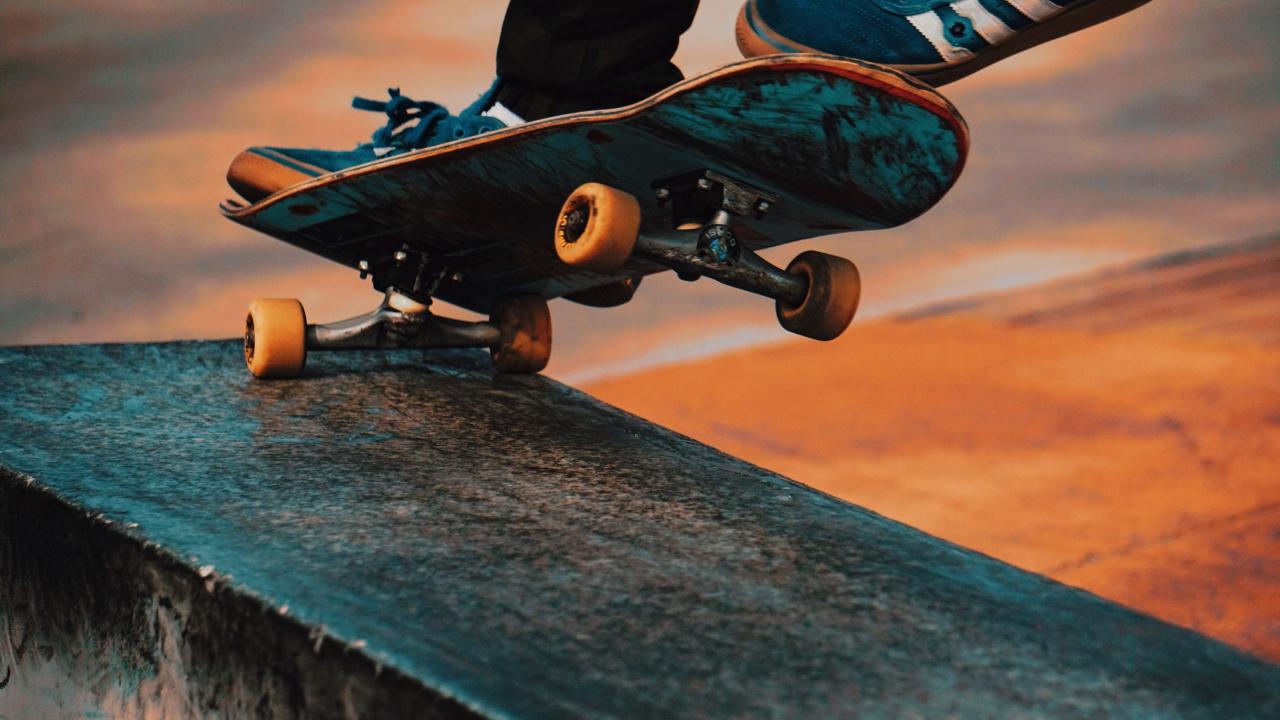
From Dirt to Concrete
FROM DIRT TO CONCRETE, PLACE MAKING THROUGH TOWN PARK SKATE PARK
Artist activist Keith “K-dub” Williams was told by Oakland leaders that the youth of the city did not skate nor needed a skatepark; K-dub showed them that they did.
As part of UC Place Making Speaking Series—a collaborative effort that focuses on highlighting and identifying place-based research—K-dub was brought to speak on May 23 at the Art Annex with support from Imagining America, the UC Davis Department of Design and The University of California to discuss his place-making efforts. He highlighted the value of place making as a creative method to revitalize a community.
K-dub began his work as a visual artist when he was a student in Cal State Long Beach. His work has been all over the Los Angeles and Oakland landscape, conscious of the communities he paints for. It is through his painting that he began a practice of involving community members in his artwork, such as murals. He eventually moved to the Oakland area and became an art teacher who focused on aiding youth through his work.
He saw DeFremery Park as a space rich in history of the African American community in Oakland—a former social center for many African Americans after World War II. K-Dub wanted to revere this history with a focus on Oakland’s youth by creating a skatepark on an empty lot in the park. To K-dub, skating teaches “you to fall down and get up.” Through community efforts, such as fundraisers, volunteering, and even kids engaging community leaders, the empty lot in DeFremery Park progressed from being filled with asphalt to having wooden ramps and other obstacles to create a community skatepark that teaches this lesson. His efforts gained the attention from corporate sponsors that supported this community initiative, eventually creating a full concrete skatepark.
Reflecting upon the process of constructing Town Park—the name of the skatepark—K-dub stated that “Skateboarding can engage with everything” since the skatepark allowed for a simulation of “hills, valleys, sand, and water” in its construction that allows for the novice and expert to enjoy the park. He also highlighted the community engagement of the project as he encouraged artists and educators to paint the skate park. Town Park has become a center for the community as it also hosts a variety of events that include punk concerts, movie nights, and free skating lessons to youth.
The advice K-Dub gave to encourage others who are interested in placemaking through art and design was to “read the room.” By understanding the individuals and interests of the community, one must work with them in order to realize a vision for the community. By “knowing what the community needs” and being present and active, the artist activist or individual could make impactful landscapes that benefit the community.
K-Dub continues his activist work through similar community projects across the Bay area and through his recent project the Thrashcan. The Thrashcan is skating platform made from a trashcan that is mobile and portable and, therefore, easy to transport to any community. In the video that highlights the Thrashcan, K-dub expressed how it symbolized how one who is considered dirt, or nothing, could still “create something for everyone and make it beautiful.”
Mario E. Giron, Humanities Correspondent and PhD student in English
